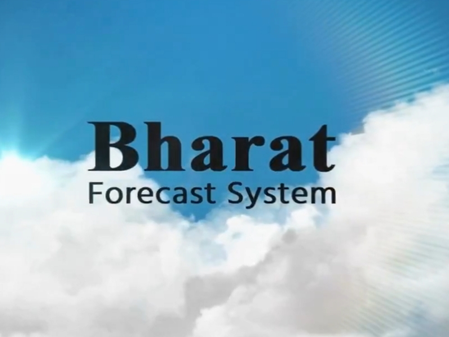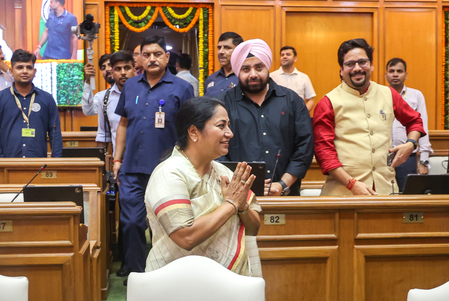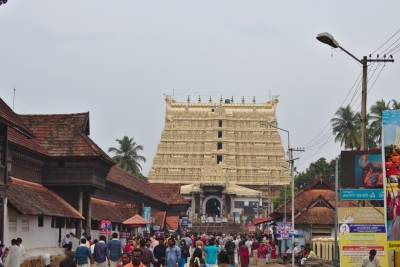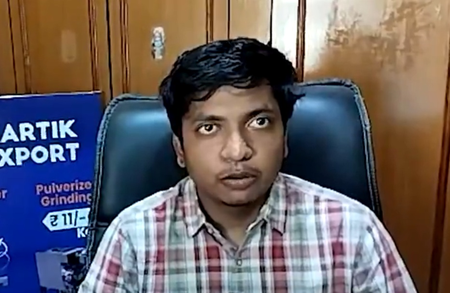
New Delhi, Aug 7 (IANS) The newly-launched Bharat Forecast System (BharatFS) has led to a 30 per cent improvement in the accuracy for the forecasting of extreme rainfall events, the Rajya Sabha was informed on Thursday.
Union Minister of State (Independent Charge) for Science and Technology, Earth Sciences Jitendra Singh, in a written reply, said, the key features of the BharatFS have made India the only country running a global weather prediction model at such a high resolution for real-time weather prediction.
With the increase in horizontal resolution, the BharatFS is capable of generating distinct forecasts every 6 km, Jitendra Singh said.
“This allows the capturing of local weather features, thus enabling the forecasts to cater to a cluster of panchayats/villages. Localised forecasts help farmers with crop planning, irrigation, and harvesting,” he said.
The Minister said now water authorities can better manage reservoirs during monsoons, reducing flood risk and improving yield resilience.
“BharatFS has demonstrated significant improvement in the skill of predicting the core monsoon region rainfall, with a 30 pe cent improvement in the accuracy for the forecasting of extreme rainfall events. All these improvements are crucial for faster and targeted disaster response, increasing the disaster preparedness of our country,” he said.
The BharatFS being developed indigenously is highly significant, not only for advancing India’s scientific capabilities but also for furthering national strategic and economic goals.
It represents India’s own high-resolution weather prediction model, designed by Indian scientists considering the complexities of forecasting due to Indian geography- the Himalayas and Western Ghats.
The recently acquired supercomputing facilities, Arka (IITM-Pune) and Arunika (NCMRWF-Noida), enabled BharatFS model to be used for real-time weather prediction by reducing the runtime from 12 hours to just 3–6 hours.
The BharatFS was developed with the objective of generating forecasts at the cluster of panchayats level and improving the prediction of extremes. In research mode, it has demonstrated significant improvement in the rainfall forecast over the core monsoon region and 30 per cent better accuracy for the extreme rainfall forecast compared to the previous operational model, he said.
–IANS
rch/pgh




